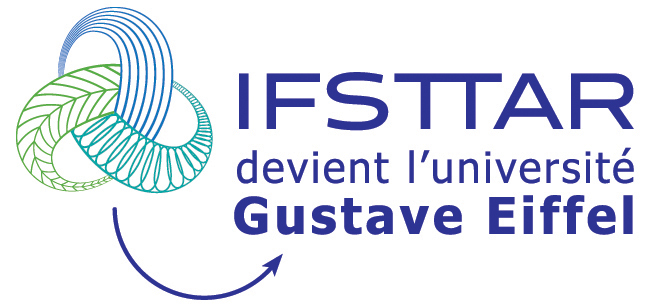An innovative method for the objective comparison of the performance of active control devices
Résumé
In the active control literature, the question of how to objectively and comprehensively compare system performance has received little attention. In most cases, comparisons are only made on a paper-specific application and cannot be extended to new cases. A unified method for intensive comparison of algorithm performance is proposed in this work. It is based on the definition of 9 indicators, aiming to quantify the speed of the control and its ability to reduce energy in the desired frequency range, without amplifying energy outside this range. Two descriptors describe the performance in the transient regime and the others describe the steady state performance of the control. The algorithms used to estimate these indicators are designed to rely on a small number of parameters and to be as robust as possible. Then, a procedure to get a satisfactory index from these indicators is provided. This procedure adapts to the user's needs by allowing him to choose the test signals and to adjust the weighting of the indicators in the calculation of the satisfactory index. Two feedforward adaptive control algorithms for vibration cancellation are compared using this method. The first is the well-known Filtered-x Least Mean Square (FxLMS) and the second is based on a central controller using the Youla-Kučera parameterization. Test sig-
